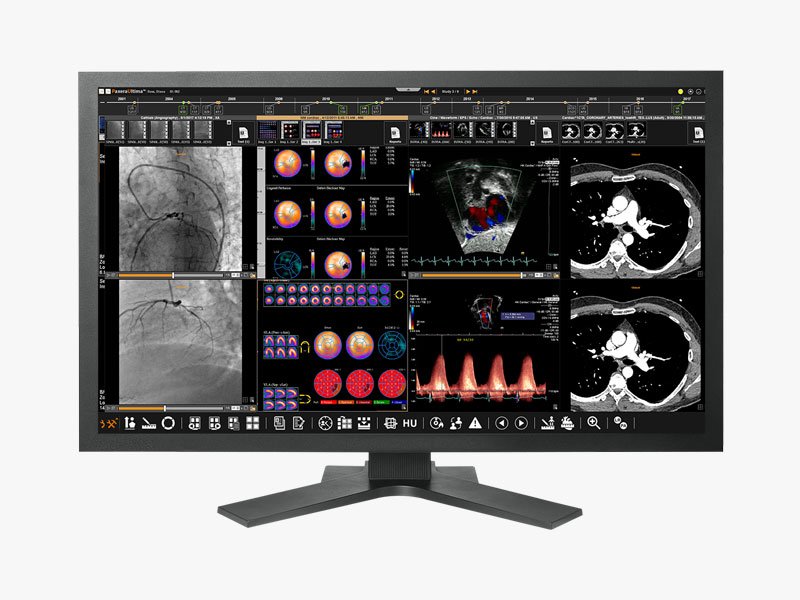Web PACS (Picture Archiving and Communication System) has revolutionized the way medical imaging is managed and shared. It has become an essential tool for healthcare organizations, enabling efficient storage, retrieval, and distribution of medical images. In this post, we will explore the features, benefits, and implementation of web PACS and discuss how it has transformed the healthcare industry.
What is Web PACS?
Web PACS is a web-based system that allows healthcare professionals to store, view, and share medical images securely. It replaces traditional film-based methods and offers a digital platform for managing radiology and other diagnostic images.
How does web PACS work?
Web PACS works by digitizing medical images and storing them in a central database. It utilizes a web-based interface that can be accessed through any internet-connected device, such as computers, smartphones, or tablets. This allows healthcare professionals to view and analyze images remotely, improving accessibility and collaboration.
What the benefits are of web PACS?
– Improved efficiency: Web PACS eliminates the need for physical film storage and manual retrieval, saving time and reducing costs.
– Enhanced accessibility: With web PACS, medical images can be accessed securely from anywhere, enabling remote diagnosis and telemedicine.
– Seamless integration: Web PACS can be integrated with other healthcare systems, such as Electronic Health Records (EHR), enabling a comprehensive patient care experience.
– Advanced image analysis: Web PACS often includes tools for image enhancement, measurements, annotations, and comparison, facilitating accurate diagnosis and treatment planning.
How is web PACS implemented?
– Installation: Web PACS can be installed on-premises or hosted on a cloud-based platform. The installation process involves setting up the server, configuring the software, and integrating it with the existing IT infrastructure.
– Data migration: Medical images from existing systems or physical films need to be digitized and transferred to the web PACS. This process requires careful planning to ensure data integrity and security.
– User training: Healthcare professionals need to be trained on how to use the web PACS interface, including image viewing, analysis, and sharing functionalities.

What the security considerations are for web PACS?
Web PACS must adhere to strict security standards to protect patient data. This includes implementing encryption protocols, user authentication, role-based access control, and audit logs. Regular security audits and updates are essential to ensure compliance with regulatory requirements, such as HIPAA.
Conclusion
Web PACS has transformed the way medical imaging is managed, providing healthcare professionals with a secure and efficient platform for storing, retrieving, and sharing medical images. Its benefits include improved efficiency, enhanced accessibility, seamless integration, and advanced image analysis. Implementing web PACS involves the installation, data migration, and user training processes. Security considerations are crucial to protect patient data and ensure compliance with regulatory standards. Embracing web PACS technology is essential for healthcare organizations to enhance patient care and streamline workflows in the digital age

